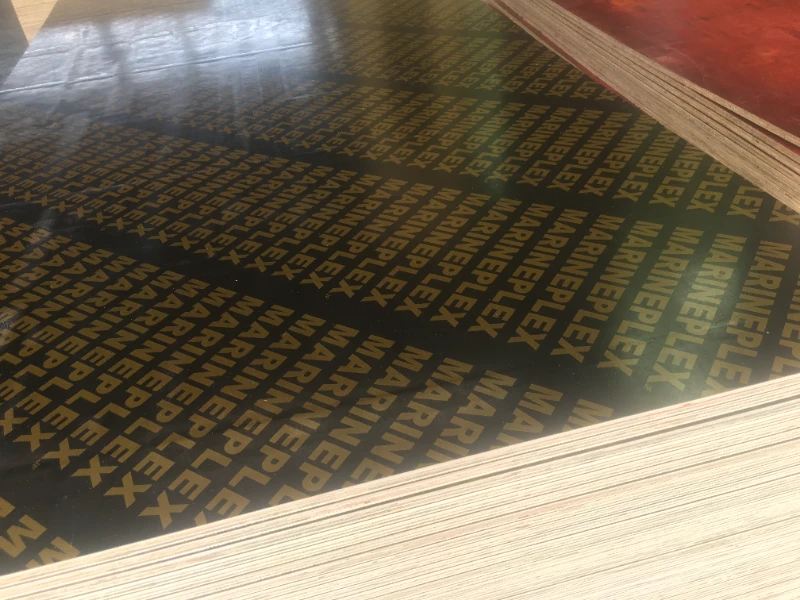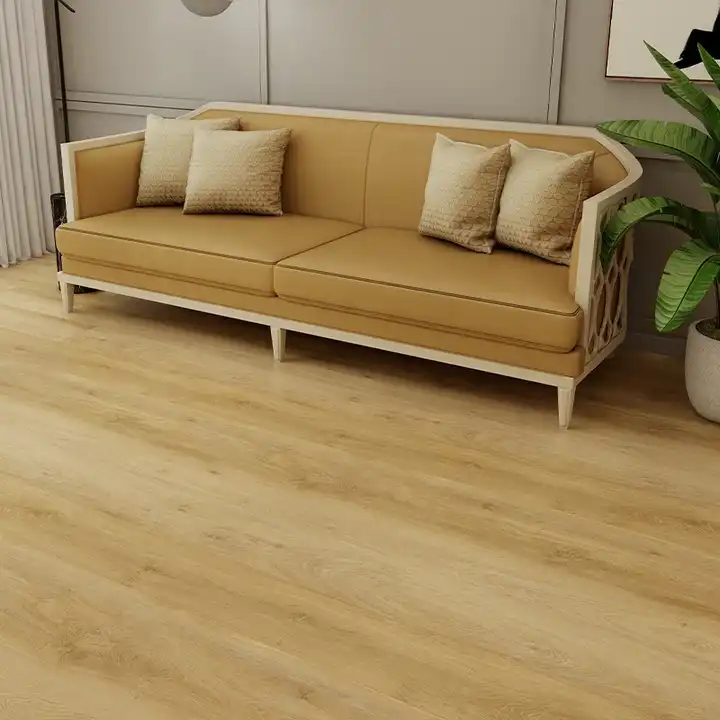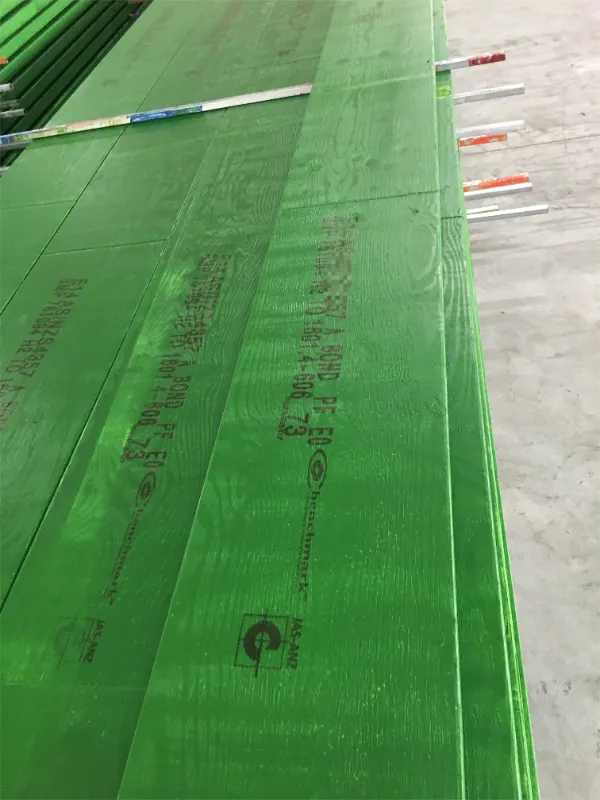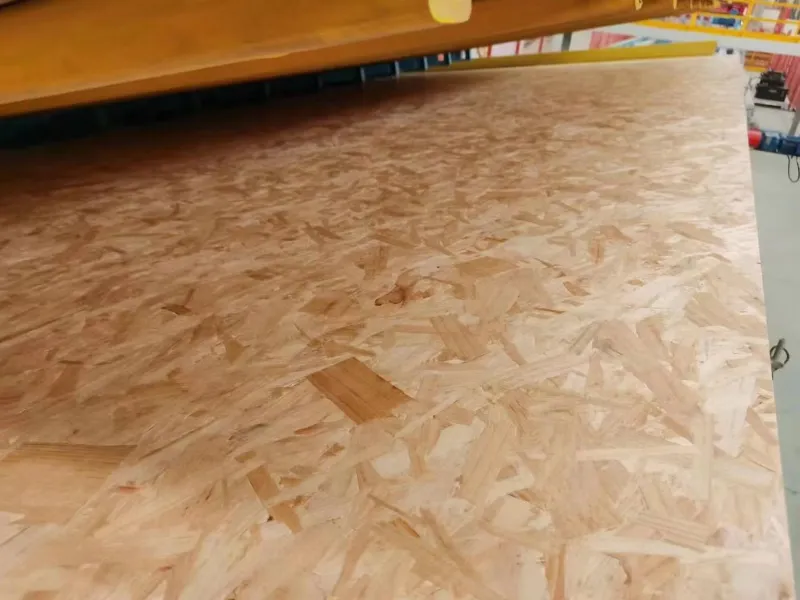This article provides a comprehensive guide to understanding and selecting the right type of plywood for your projects, whether it's building furniture, crafting cabinets, or tackling other home improvement tasks. We'll dive into different grades of plywood, explore various types of plywood, and provide expert advice to help you make informed decisions. This is worth reading because navigating the world of plywood can be confusing; this guide empowers you with the knowledge to choose the best plywood for your specific needs and budget, saving you time and potential frustration.
1. What Exactly is Plywood, and Why is it So Popular?
Plywood is an engineered wood product made by gluing together thin layers of wood veneer, called plies. These layers of veneer are arranged with their grain pattern running at alternating 90-degree angles, a process that creates exceptional strength and stability. This cross-graining makes plywood far less susceptible to warping, shrinking, or cracking compared to solid lumber. Because plywood is one of the most versatile building materials around, it is valued.
Plywood is made from various types of wood, both hardwoods and softwoods. The choice of wood affects the plywood's properties, such as its strength, appearance, and resistance to moisture. The plywood manufacturing process allows for creating large, consistent sheets, making it ideal for a wide array of applications, from construction and furniture making to DIY projects. The number of plies contributes to the overall thickness and strength; multi-ply plywood, for example, with numerous layers, offers exceptional stability.

2. Decoding the Plywood Grading System: What Do Those Letters and Numbers Mean?
The plywood grading system can seem complex, but it's crucial for choosing the right material. The system primarily uses letters (A, B, C, D, and X) to indicate the quality of the face and back veneers. "A" represents the highest quality, with a smooth, sanded surface and minimal imperfections. "D" represents the lowest quality, allowing for knots, voids, and other defects. "X" typically denotes exposure durability (exterior use) rather than appearance. For example a sheet with a grade of plywood of 'AB' has a face veneer and a B-grade back.
The grading often combines letters, like "AB" or "BC". This indicates the grade of the face veneer (the first letter) and the back veneer (the second letter). For instance, "BC" plywood has a B-grade face, suitable for painting or a smooth finish, and a C-grade back, which may have more imperfections. Understanding this system helps you select plywood that meets both your aesthetic and structural needs. For exposed surfaces, a higher grade (A or B) is preferred, while for hidden areas, a lower grade (C or D) might be sufficient and more cost-effective. The plywood grade directly reflects the quality and cost.
3. Hardwood vs. Softwood Plywood: Which is Right for Your Project?
The choice between hardwood plywood and softwood plywood depends largely on the application. Hardwood plywood is typically made from woods like birch, maple, oak, and mahogany. It's known for its strength, durability, and fine grain, making it ideal for furniture, cabinets, and applications where appearance is important. Hardwood is generally denser and more resistant to damage.
Softwood plywood, on the other hand, is made from woods like pine, fir, and spruce. It's generally less expensive than hardwood and is commonly used for construction purposes, such as sheathing, roofing, and subflooring. While not as visually appealing as hardwood, softwood plywood offers excellent structural integrity. CDX plywood, a common type of softwood plywood, is often used for exterior sheathing due to its exposure durability.
4. Deep Dive into Common Types of Plywood: From Marine to MDF
Beyond the hardwood/softwood distinction, there are several specialized types of plywood. Marine plywood is designed for high-moisture environments. It's made with waterproof glue and higher-quality veneers to resist delamination and fungal growth. Although it's called "marine," it's not entirely waterproof but is highly water-resistant. It’s an example of a great durable plywood.
Other common types of plywood include:
- Structural Plywood: Designed for permanent structural applications, meeting specific building code requirements.
- Exterior Plywood: Uses water-resistant glues and is suitable for outdoor use where it will be exposed to the elements. It is a good choice for exterior applications that will be rained on.
- Sanded Plywood: Has a smooth, sanded face, ready for painting or finishing.
- Medium Density Fiberboard (MDF): While not technically plywood (it's made from wood fibers, not veneers), MDF is often grouped with plywood due to its similar applications. It's very smooth and uniform, ideal for painting and cabinetry.
- OSB Board: OSB Board is used as subflooring, walls or roof coverings.
OSB Board 18mm is a good option to consider.

5. Choosing the Right Plywood Thickness: A Practical Guide
Plywood thickness is measured in inches (or millimeters) and ranges from 1/8 inch to over 1 inch. The required thickness depends on the project's structural requirements and load-bearing capacity. Thinner plywood (1/4 inch or less) is often used for decorative applications, backing for cabinets, or drawer bottoms. Medium thicknesses (3/8 inch to 3/4 inch) are common for furniture, shelving, and general construction. Thicker plywood (1 inch and above) is used for heavy-duty applications like flooring and structural beams.
When selecting plywood thickness, consider the span it needs to cover and the weight it will support. For example, a bookshelf with a wide span will require thicker plywood to prevent sagging. Always consult building codes or engineering guidelines for structural applications to ensure you choose the appropriate thickness.
6. Plywood for Cabinets and Furniture: Selecting the Best Options
For cabinets and furniture, hardwood plywood is the preferred choice due to its aesthetic appeal, strength, and stability. Birch plywood is particularly popular due to its smooth, fine grain and ability to take paint and stain well. Maple plywood is another excellent option, offering similar qualities. These hardwoods provide a durable and attractive surface for visible parts of cabinets and furniture.
For less visible areas, like cabinet backs or drawer bottoms, you can save a little money by using a lower-grade plywood or even MDF. However, ensure the material is still strong enough for its intended purpose. Consider using plywood with a "B" grade or better for visible surfaces to ensure a high-quality finish. B-grade birch is often a good compromise between quality and cost.
7. Outdoor Plywood: Options for Weather Resistance and Durability
When using plywood for outdoor projects, choosing a type specifically designed for exterior exposure is crucial. Exterior plywood is manufactured with water-resistant glues, making it more resistant to moisture damage. However, "exterior" doesn't mean entirely waterproof. For applications with prolonged exposure to water, marine plywood is the best plywood to use.

Phenolic film faced plywood 16mm is an excellent choice for outdoor applications, providing superior weather resistance and a smooth surface.
Even with exterior-grade plywood, it's essential to properly seal and finish all edges and surfaces to prevent moisture penetration. Regular maintenance, such as re-applying sealant or paint, will extend the lifespan of outdoor plywood projects. Consider using pressure-treated plywood for ground contact applications.
8. Understanding Plywood Veneer: Appearance and Performance
The veneer is the outermost layer of the plywood and significantly impacts its appearance and performance. Veneer quality is categorized by the grading system (A, B, C, D), with "A" being the highest quality, exhibiting a smooth, defect-free surface. The grain pattern of the veneer also contributes to the aesthetic appeal. Different wood species offer various grain patterns, from the subtle, uniform grain of birch to the more pronounced grain of oak.
The veneer also affects the plywood's ability to hold paint, stain, or other finishes. Higher-grade veneers (A and B) are easier to finish and provide a smoother, more uniform surface. Lower-grade veneers may require more preparation, such as filling knots or voids, before finishing. A popular choice, Baltic birch provides high-quality veneer with good performance.
9. How to Inspect Plywood Quality: Tips from a Chinese Manufacturer
As a Chinese manufacturer of engineered wood products, I, Allen, can offer some insider tips on inspecting plywood quality. First, check the edges of the plywood sheet. Look for uniform layers with minimal gaps or voids. Excessive gaps indicate poor lamination and can weaken the plywood.
Second, examine the surface veneer. Look for knots, patches, or other imperfections. The number and size of these defects will correspond to the plywood grade. For a smooth, paintable surface, choose plywood with a higher-grade veneer. Ensure the plywood is smooth, particularly if painting.
Third, check for flatness. Place the plywood sheet on a flat surface and check for any warping or bowing. Excessive warping can make the plywood difficult to work with.
Fourth, if possible, check the moisture content. Excessive moisture can lead to warping, swelling, or mold growth. A moisture meter can be used to measure this, although visual inspection for signs of dampness can also be helpful. Finally, confirm any relevant certifications (discussed below) to ensure the plywood meets required standards.
10. Plywood Certifications: Ensuring Quality and Sustainability
Several certifications help ensure plywood quality and sustainability. For structural applications, look for certifications from organizations like APA – The Engineered Wood Association, which sets performance standards for structural plywood panels.

For environmental considerations, look for certifications like FSC (Forest Stewardship Council), which ensures the wood comes from responsibly managed forests. CARB (California Air Resources Board) compliance is also important, particularly for indoor applications, as it limits formaldehyde emissions.
These certifications provide assurance that the plywood meets specific quality, performance, and environmental standards. Always verify certifications with the supplier, especially when purchasing from overseas. This is a crucial aspect of responsible sourcing and ensures you're getting a product that meets your needs and values. Structural LVL E13.2 300×63 H2S Treated is one great product for structural applications.
Summary: Key Takeaways for Choosing the Right Plywood
- Understand the grading system: Letters (A, B, C, D, X) indicate veneer quality and exposure durability.
- Choose between hardwood and softwood: Hardwood for appearance and durability, softwood for cost-effectiveness and structural applications.
- Consider specialized types: Marine plywood for moisture resistance, structural plywood for building applications.
- Select the appropriate thickness: Based on the project's load-bearing requirements.
- Inspect for quality: Check edges, surface veneer, flatness, and moisture content.
- Verify certifications: Look for APA, FSC, and CARB compliance.
- Match the plywood to the project: Furniture, cabinets, outdoor use, and construction all have different requirements.
- Always remember that the surface veneer refers to the back and front faces of the plywood.
- Be aware that plywood often used as a home improvement material.
- Be aware of the number of sheets you will need for a project.
By carefully considering these factors, you can confidently choose the right plywood for any project, ensuring a successful and satisfying outcome. You may even want to choose Formply F17 1800×1200×17mm.
Post time: Mar-21-2025




